Prototype Tolerance Minimums
Production Tolerance Minimums
Relative Formability of Commonly Used Metals

Photochemical etching is so versatile it works for almost any design, metal or quantity. But behind all that flexibility is a team of specialists who have been honing the process since 1968. Here’s a snapshot of the dimensions, materials and radii we consider on the journey from first call to final delivery.
As the acid droplets impinge on the metal and begin to cut through, a certain amount of side erosion occurs. This is referred to as the undercut and is the main factor governing the tolerances that can be held. As the thickness increases, so does the undercut, and so in turn do the tolerances that can be held.

A small amount of etching or erosion does occur laterally. In most instances, the metal sheets will be sprayed from both sides. The resulting profile will resemble the drawing below. The bevel A should be approximately 0.1 x thickness (T). In some applications, etching from one side is preferred. In that case, bevel B will be approximately 0.4 x T.

The metal thickness puts limitations on the material width between holes. Minimum widths are shown in Table 1. Also see Fig. 2.

The minimum inside corner radius will normally be equal to the thickness of the metal. If the metal is 0.005” than the radius will be 0.005”. See Fig. 2.
As a general rule, the diameter of the hole can not be less than the thickness of the metal. This relationship varies with the thickness of metal to some degree.
In many instances, Photo Chemical Machining provides a practical method of manufacturing formed metal parts. Tooling holes can be located very accurately in relation to the part for secondary forming.
Bend lines as shown in Fig. 5 can be etched into one side of a part. This allows for easy hand forming of sharp bends. Naturally there is a loss of structural integrity.
Center to center tolerances are dependent upon the photo tool used for masking the part. The center to center tolerance is proportional to the linear distance involved as shown below in Table 2.

Table 5 shows minimum internal bend radii for different types of metals. The radii shown are generally accepted throughout the industry, but prototypes should be made to ensure structural integrity.
There are many parameters involved in determining dimensional tolerances. One of the first should be cost. If a tolerance can be opened up to production parameters and not affect fit, form, or function, it should be used. In some cases this option is not available, so additional quality control measures must be employed to guarantee acceptable parts. This naturally increases cost.